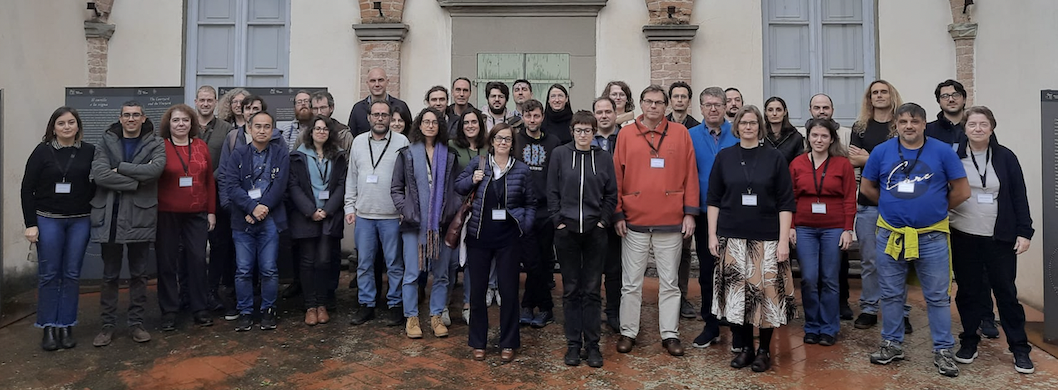The stars in a galaxy form in compact embedded star clusters which expand after removal of their residual gas. The subsequent virialisation leads to a fraction of the stars condensing into an open star cluster. The open star cluster dissolves as it orbits in the potential of the hosting galaxy through the energy equipartition process. In the Newtonian gravitational theory, the ensuing tidal...
Compared to the globular clusters and their tidal tails, open cluster tails are ~1000 smaller in terms of star counts and must be found in an environment ~1000 times denser than the halo. Hence finding stars in tidal tails of open clusters is a difficult task even in the era of Gaia. I will present a probabilistic method where we start by simulating the dissolution of a cluster, which defines...
The tidal tails of stellar clusters are an important tool for studying the clusters’ birth conditions, their evolution, coupling, and interaction with the Galactic potential, and to understand how field stars populate the Milky Way. Thanks to Gaia, much progress has been accomplished in finding tails of open clusters. I will show here that such tidal tails are much longer than previously...
We study the kinematics of the young stars around the spiral arms in the Milky Way, using Gaia DR3. We first demonstrate that we can measure the circular velocity at the position of the Sun in the Milky Way using the young OB stars, but there is a clear sign of the impact of the Local arm. From the kinematics of these stars and also of old stars, we find that the Local arm is not a minor arm,...
Gaia has undoubtedly changed the way we look at the dynamics, morphology and evolution of star clusters. The exquisite spatio-kinematic dataset combined with sophisticated clustering tools allow us to observe not only the compact cores, but also extended regions beyond the tidal radius, where haloes, coronae and tails harbour an increasing fraction of the stellar mass as clusters dissolve with...

